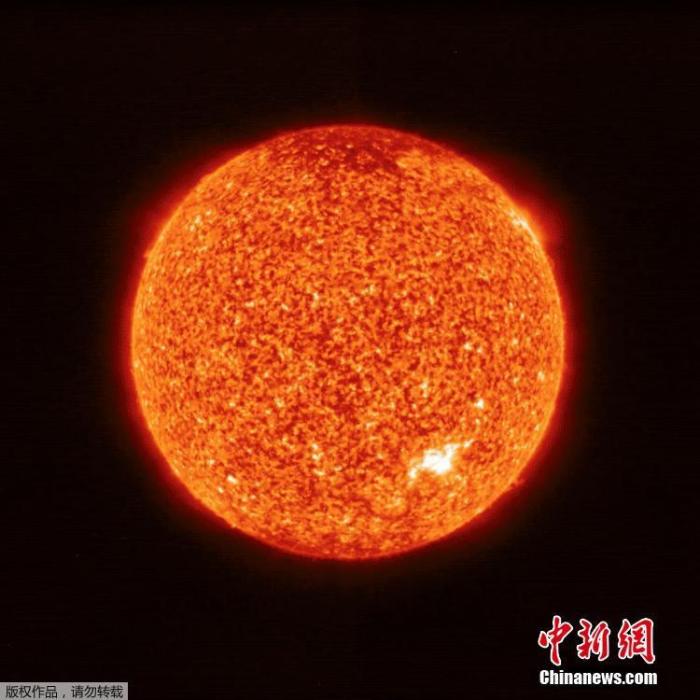South Korea's "artificial sun" breaks the world record and continues to operate for 20 seconds at a high temperature of 100 million degrees
Science and Technology Daily, Beijing, December 28 (Reporter Liu Xia) According to a recent report by the Physicist Organization Network, the Korean Superconducting Tokamak Advanced Research (KSTAR) Center announced that it is in cooperation with Seoul National University (SNU) and Columbia University in the United States. In the research, the plasma was successfully operated for 20 seconds at a high temperature of over 100 million degrees Celsius!
It is more than twice as long as the time in 2019 (8 seconds), setting a new world record.
This achievement is expected to promote the controllable nuclear fusion reaction from dream to reality.
On July 16, 2020, the European Space Agency (ESA) released images of the sun taken from the closest distance in human history.
KSTAR is a superconducting nuclear fusion device, also known as the "artificial sun" in Korea.
In the 2018 experiment, KSTAR allowed the plasma to operate continuously at a high temperature of 100 million degrees Celsius for the first time (controllable nuclear fusion can only be achieved when the plasma is heated to more than 100 million degrees Celsius) for about 1.5 seconds.
KSTAR's ultimate goal is to allow the plasma to operate continuously for 300 seconds at a high temperature of over 100 million degrees Celsius by 2025.
In order to simulate the nuclear fusion reaction occurring inside the sun on the earth, scientists must put hydrogen isotopes in a fusion device like KSTAR to create a plasma state in which ions and electrons are separated, and the ions must be heated and maintained at extremely high temperatures .
So far, there are other fusion devices that can allow plasma to continue to operate at 100 million degrees Celsius or higher, but the duration has never exceeded 10 seconds. This is the working time limit of normal conductive devices. It is difficult to make plasma at such a high temperature. The body remains stable for a long time.
In the 2020 experiment, KSTAR improved the "Internal Transmission Barrier" (ITB) model developed last year and successfully achieved the latest progress.
Yin Sirun, director of the KSTAR Research Center, explained: "The technology required for plasma to operate for a long time at a high temperature of 100 million degrees Celsius is the key to achieving nuclear fusion energy. KSTAR's success this time will be to obtain long-term high-performance plasma. The guarantee of the technologies needed for operation-these technologies are the key to future commercial nuclear fusion reactors."
KSTAR started operating the equipment in August last year, and continued its plasma generation experiment until December 10th. A total of 110 plasma experiments were conducted, including high-performance plasma operation and plasma interruption mitigation experiments.
In addition to its success in high-temperature plasma operation, the KSTAR Center has also participated in related research on the International Thermonuclear Experimental Reactor Project (ITER).
Editor-in-chief
In nursery rhymes, children sing "Plant the Sun"; in reality, scientists are making the sun.
If controllable nuclear fusion can be achieved, mankind can achieve "energy freedom."
What a temptation, what a grand vision, what a difficult journey!
At such a high temperature, every time the operating time is extended, it is closer to the dream of mankind to build the sun.
At the end of this article, it is mentioned that this research center in South Korea has participated in the related research of ITER.
ITER is a large-scale, far-reaching and costly international scientific and technological cooperation project in which China is also participating.
The results of the implementation of the plan may affect the process of mankind to fundamentally solve the energy problem.

